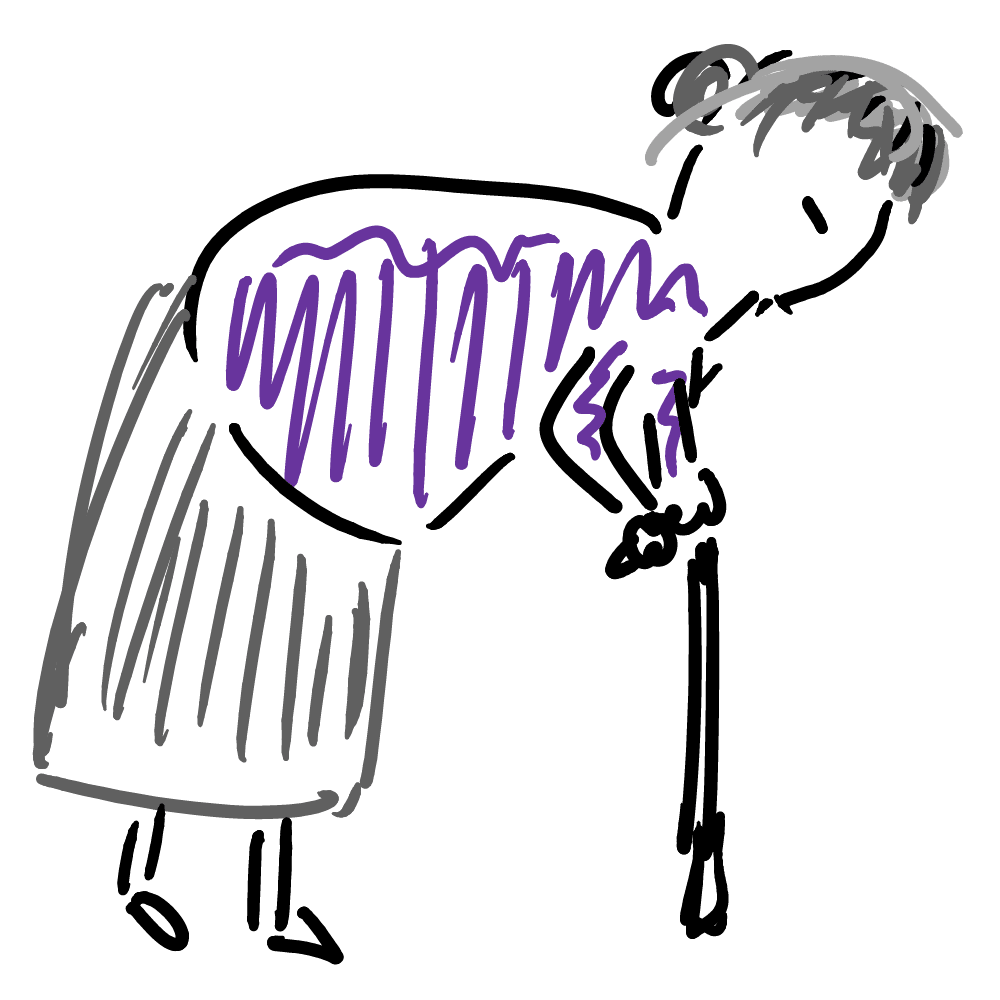Yongho Kim
October 3, 2003
INTL245: Intro to International Human Rights
Paper topic proposal:
Political torture in southeastern Perú during 1992-2000
The initial motives for the internal conflict Peru has lived for two decades can be attributed to the PCP-SL (Peruvian Communist Party Shining Path), which started acting in the southeastern region of Peru, in the city of Arequipa, immediately after the leftist dictatorial government ended and a new civil president was elected. The conflict has endured the three regimes of Fernando Belaúnde Terry, Alan Garcia and Alberto Fujimori, and continues today. Among agents of violence in this conflict figure the MRTA (Tupac Amaru Revolutionary Movement), the armed forces, police forces, and CADs (right-wing paramilitary groups, called Self-Defense Comssions). It has been assumed that roughly 70,000 peruvians have died directly or indirectly in the armed conflict, having the recent CVR report confirmed 20,000 individual cases. In my paper, I want to focus on the human rights violations committed by the state and its agents in the southeastern region of Peru, encompassing the provinces of Ayacucho, during the Fujimori government.
Definition and legal foundation
The CAT (Convention against Torture and other cruel, inhuman or degrading treatment or punishment) was drafted in 1984 and entered into force in 1987 by the UN. This convention defines torture as “any act by which severe pain or suffering, whether physical or mental, is intentionally inflicted on a person for such purposes as obtaining from him or a third person information or a confession, … with the consent or acquiescence of a public official or other person acting in an official capacity.” A number of other international declaration and conventions, such as the UDHR, ICCPR, the Geneva Convention, Inter-American Convention to Prevent and Punish Torture, the CAT itself, as well as the 1993 Political Constitution of Perú, prohibit torture on all grounds. The state of Perú ratified the CAT in August 6th, 1988.
Political Constitution of Perú, 1993.
http://www.leyes.congreso.gob.pe/Imagenes/Constitu/Cons1993.pdf
Geneva Convention relative to the Protection of Civilian Persons in Time of War.
www1.umn.edu/humanrts/instree/y4gcpcp.htm
Convention against Torture and other cruel, inhuman or degrading treatment or punishment
www1.umn.edu/humanrts/instree/h2catoc.htm
State’s justification of torture
Art. 139 of Peru’s Constitution indicates that the military or arbitral judiciary may be independent. The State may have other recourses such as the fact that torture is not recognized as a crime in the Military Constitution of Peru, and that the confesion of a “terrorist” is essential for the maintenance of national security. I haven’t found bibliography in this respect yet.
Cornell, Angela and Roberts, Kenneth. “Democracy, counterinsurgency, and human rights: the case of Perú.” Human Rights Quarterly, 12.4 (Nov 1990): 529-53
Role of human rights organizations
1. ICDH (Inter-American Commission on Human Rights) issues reports and recommendations in human rights issues for its member states.
ICDH. C. Human rights problems identified; b. The right to humane treatment. Report on the Situation of Human Rights in Perú. (March 1993)
cidh.oas.org/countryrep/Peru93eng/toc.htm
ICDH. Chapter II, C: The Civilian Jurisdiction: The Anti-Terrorist Legislation. Second Report on the Situation of Human Rights in Perú. (June 2000)
cidh.oas.org/countryrep/Peru2000en/TOC.htm<br 2. United Nations High Commissioner for Human Rights
Role of state-commissioned organizations
CNDH (National Coordinator of Human Rights) and Defensoría del Pueblo are two independent organizations created by the parliament, created respectively in 1986 and 1993, commissioned to observe and report on the violations of human rights in the country.
The CVR (Commission of Truth and Reconciliation) has been commissioned by the parliament in 2000 to investigate the violations of human rights, identify perpetrators and victims, analyze the political and social background and consequences of the conflict, make recommendations for reparations, and make the findings and recommendations open to the public. Accordingly, the CVR has prepared a report in 9 volumes and 6,000 pages to be presented to the president and the parliament on the 28th of August of 2003.
CVR, Final Report. (Available Online)
http://www.cverdad.org.pe/ifinal/indice.php
Role of United States, Japan, Chile and Bolivia
BCIS (Reports on internal conflict in Peru intended to provide information for the asylum process)
Secretary of State Reports on Human Rights
Other bibliography.

Leave a Reply